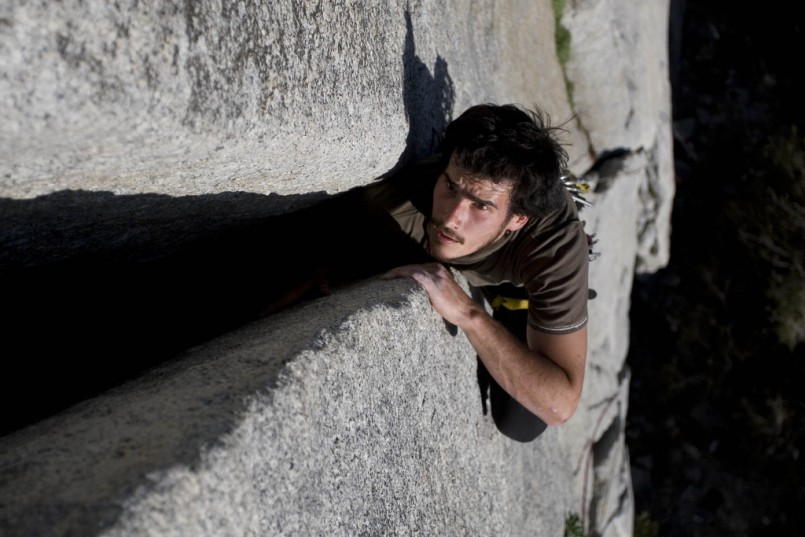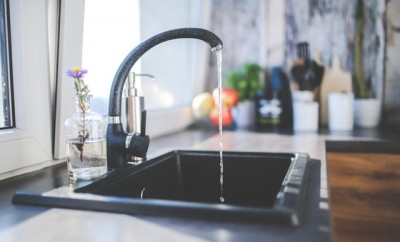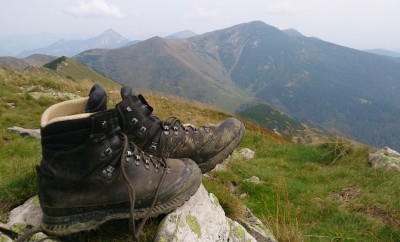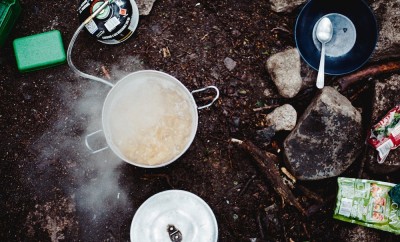Nutrition
Tips for Staying Hydrated

By: tony puyol
As the temperature rises, so does our need for more water. Simply standing in the humidity can make us sweat up a storm. While the hot weather causes us to get dehydrated quickly, so does intense activity. So if you’re a wilderness lover who will be out adventuring all summer, then continual hydration is a vital need. Dehydration leads to fatigue, loss of nutrients and electrolytes, and a lack of endurance. Follow our tips to make sure you maximize your health and fitness this summer. Remember, a well-hydrated adventurer is an overall better performer.
Hydration Packs
Consider investing in a hydration pack in addition to, or instead of a water bottle. Water bottles tend to be a smaller capacity than hydration packs, so you have to find a place to refill your bottle. You also don’t have to slow down or stop to drink from a bottle. Hydration packs have straws conveniently located by your mouth. With the ease of a straw, you’ll end up drinking more water than if you had a water bottle, simply because it’s right there! The size of your hydration pack will depend on what activity you’re doing. Day hikers, backpackers, and climbers should look for a two or three-liter reservoir, while trail runners might prefer a more minimalist one-liter sleek pack. You can also find larger backpacks that already have a water pack installed. Keep in mind, a three-liter pack weighs about two pounds. You need about one liter of water per hour when active. Unfortunately, when the heat and humidity are at a higher level, then you’ll need even more than that amount. More intense activities will also require you to hydrate more than if you were walking. If you are not covered by shade, then you’ll want to drink up—the sun will make you even more dehydrated.
Sports Drinks
You’ll also want to bring a sports drink along for your expedition. We lose loads of electrolytes when we work and sweat, and we need to replenish them if we want to prolong our workout or activity. These sports drinks will also help re-hydrate your body. For a more natural option, try coconut water.
Fruit & Veggies
Sick of liquid and looking for something more substantial? Snacking on fruit will help with hydration and restoring electrolytes. Bananas and dates are full of the electrolyte potassium, which make them a better option than other fruits. Watermelon, apples, cantaloupe, grapefruit, and strawberries have the highest water content. Obviously we don’t advise packing a large watermelon, but you can always chop the fruit ahead of time and pack it in tupperware or a plastic bag. Vegetables like carrots, peppers, and cherry tomatoes hold lots of water and will fill you up during your intense activity. These also happen to be some of the easiest snacks to pack!
One thing to be cautious of is drinking too much water. Excess water can lead to hyponatremia. This is caused by a large drop in sodium levels in the blood, which leads to bloated brain cells and tissue. The symptoms of hyponatremia are nausea, confusion, seizures, coma, and even death. While this is a rare condition, you want to pace your consumption of water. Gulping down a ton of water at once is bad anyways because it will run quickly through your system, causing you to go to the bathroom too often.





0 comments